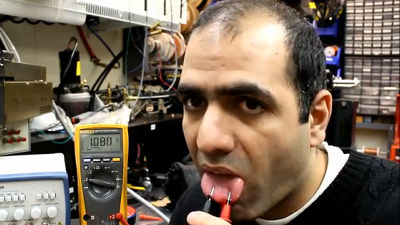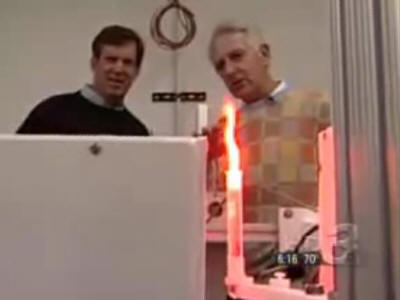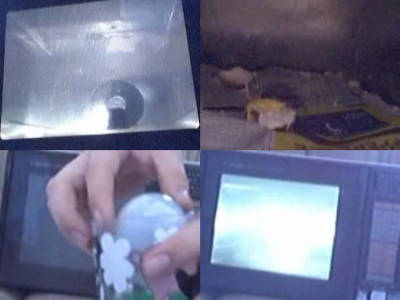What is the 'coherer effect' that allows you to light up a light bulb or communicate wirelessly using a cup containing aluminum balls or metal particles?

Wireless Communication with a Cup of Balls, Coherer Effect - YouTube
Mehdi Sadaghdar of ElectroBOOM.

Following Mr. Sadaghdar's instructions, we will create a 'coherer detector' that allows us to easily check the coherer effect. First, set two pieces of aluminum foil in the cup.
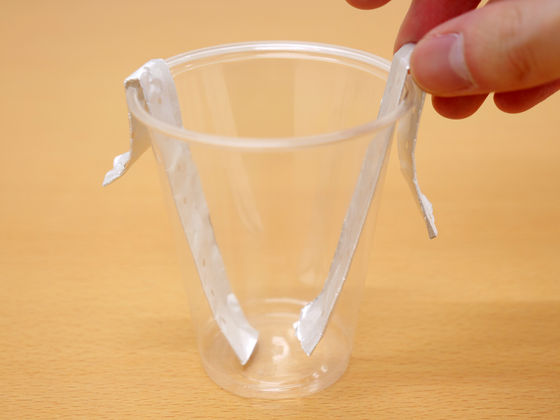
Make some rolls of aluminum foil.

Connect the aluminum foil and the light bulb in series using bagworm clips or lead wires.
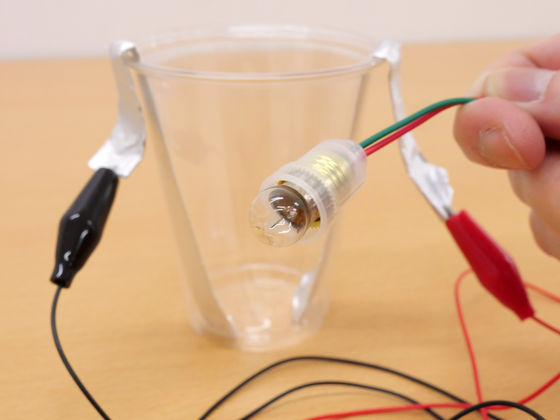
Connect the power and put rolled aluminum foil into the cup.

When the aluminum foil touches each other, electricity flows and the light bulb lights up.
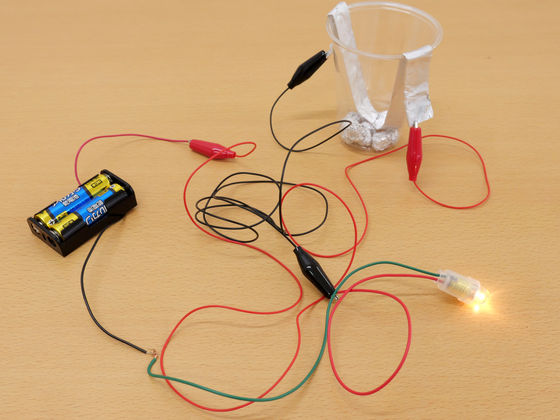
Shake the cup to move the rolled up aluminum foil and turn off the light bulb. The surface of aluminum foil is covered with a thin oxide film, so even the slightest shock will prevent a stable current from flowing, breaking the circuit and causing the bulb to stop glowing.
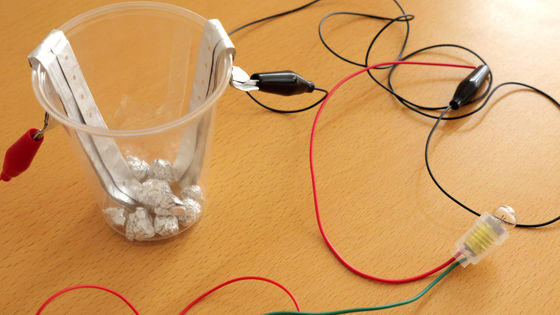
When the light bulb goes out, light the ignition lighter next to the cup. When I pulled the trigger of the ignition lighter, the light bulb lit up. This phenomenon occurs when the trigger of the ignition lighter is pulled, and the electromagnetic waves generated from the tip melt the oxide film on the aluminum foil and connect the circuit.
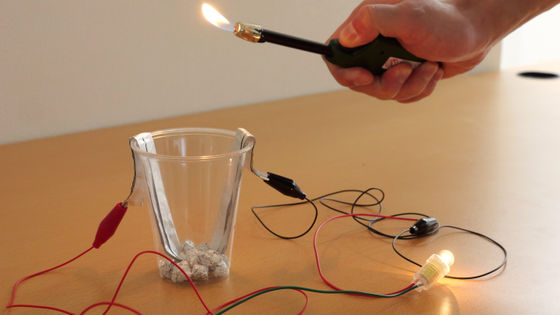
The circuit I used looks like this.

As a further experiment, Sadaghdar connected a light bulb to a row of aluminum foil balls using a cord.

When you pull the trigger of the ignition lighter, the light bulb lights up.

In addition to confirming the coherer effect, Sadaghdar also measured the voltage when the light bulb was lit. When I pulled the trigger of the ignition lighter inside the cup, the voltmeter meter went off.

When measured at a distance, it was found that approximately 10 volts of voltage was applied to the circuit.

Additionally, when we measured the electrical resistance, we found that no matter what distance we pulled the lighter's trigger, it stayed within the range of approximately 1.7Ω to 2Ω.

According to Sadaghdar, the aluminum foil in the cup acts like an antenna that picks up energy, while removing unnecessary high-frequency pulses to obtain enough voltage to light a light bulb.

The coherer effect was once used in early Morse code machines, in which a small metal particle or ball was placed between two contacts, causing a bell to ring when an electromagnetic wave was generated, and breaking the circuit when a button was pressed.

The reason why electromagnetic waves are generated is due to the ignition lighter used this time. Ignition lighters ignite using
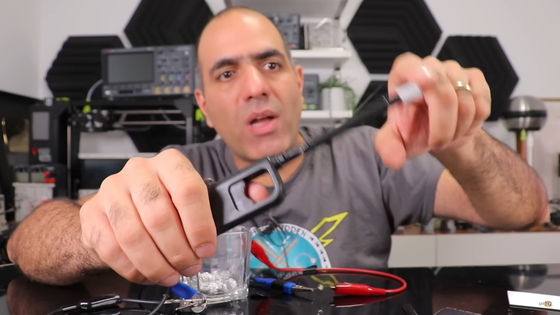
Mr. Sadaghdar connects the ignition lighter and the lead wire, which he disassembled for explanation, and tries to light the bulb from a distance.

The light bulb has been successfully lit even from several meters away.
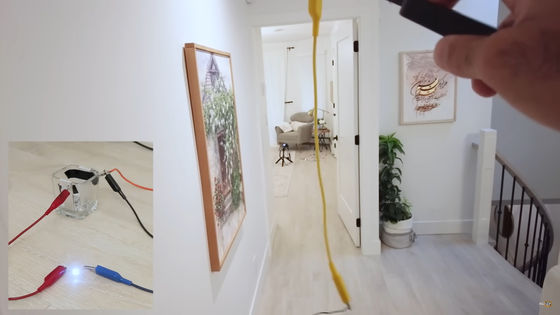
However, when I stretched the circuit from one end of the floor to the other, the light no longer lit up. Sadaghdar said, 'If you want to light it from a farther distance, you need to expand the resonant circuit.'
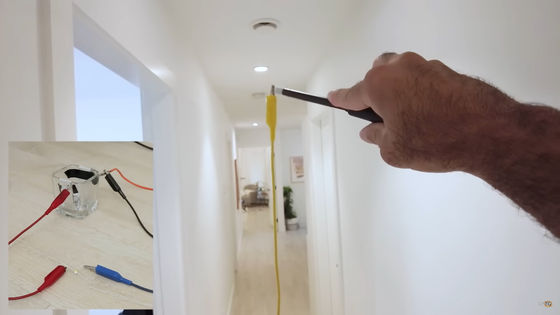
Related Posts:



